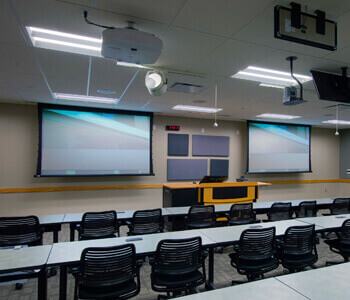Highlighting the Influence of Lighting Circumstances on Motion Identification Accuracy and Dependability
Highlighting the Influence of Lighting Circumstances on Motion Identification Accuracy and Dependability
Blog Article
Lighting conditions play a significant role in how effectively we can perceive movement. Movement detection is a key aspect of various technologies, such as security cameras, automatic lighting systems, and even some video games. Comprehending the ways various illumination conditions affect our ability to perceive movement can assist enhance the development and efficacy of these technologies. For instance, poor lighting might lead to missed movements or false alerts, while ideal illumination can boost the precision of motion detection technologies.
In well-lit lighting conditions, movement detection is typically more accurate. As there is ample illumination, sensors and cameras can capture sharper pictures, which helps in recognizing moving objects. Well-lit conditions allow for better contrast between the moving element and the background. This contrast is crucial for both human viewers and automated technologies, as it facilitates it easier to differentiate between stationary and dynamic objects in a scene. Thus, ensuring that spaces are well-lit can greatly improve the performance of motion detection systems.
On the other hand, low-light environments can pose difficulties for movement detection. In low-light environments, darkness can obscure dynamic objects, which makes them hard to detect. Additionally, the eye struggles to detect motion in dim conditions, which can result in misinterpretation of the situation in the environment. Cameras may also face challenges, as many do not perform well in dim conditions without the use of infrared technology or alternative enhancements. These limitations highlight the significance of sufficient lighting in environments where motion detection is essential.
Moreover, different kinds of lighting Discover More can have different impacts on movement detection. For instance, neon lights can flicker, which can confuse movement detection systems that rely on steady light sources. On the other hand, natural provides a consistent source of lighting that enhances clarity. Understanding these variations in lighting types can assist users in choosing the most suitable illumination for specific applications, particularly in security and surveillance scenarios.
In conclusion, the relationship see it here between illumination environments and movement detection precision is significant. By ensuring that environments are appropriately lit, we can enhance the dependability of movement detection systems. This understanding not only supports tech uses but also improves safety and security in multiple environments. As further developments are made in motion detection technology, considering lighting conditions will remain a crucial consideration in enhancing effectiveness and ensuring that these systems function properly in various conditions.